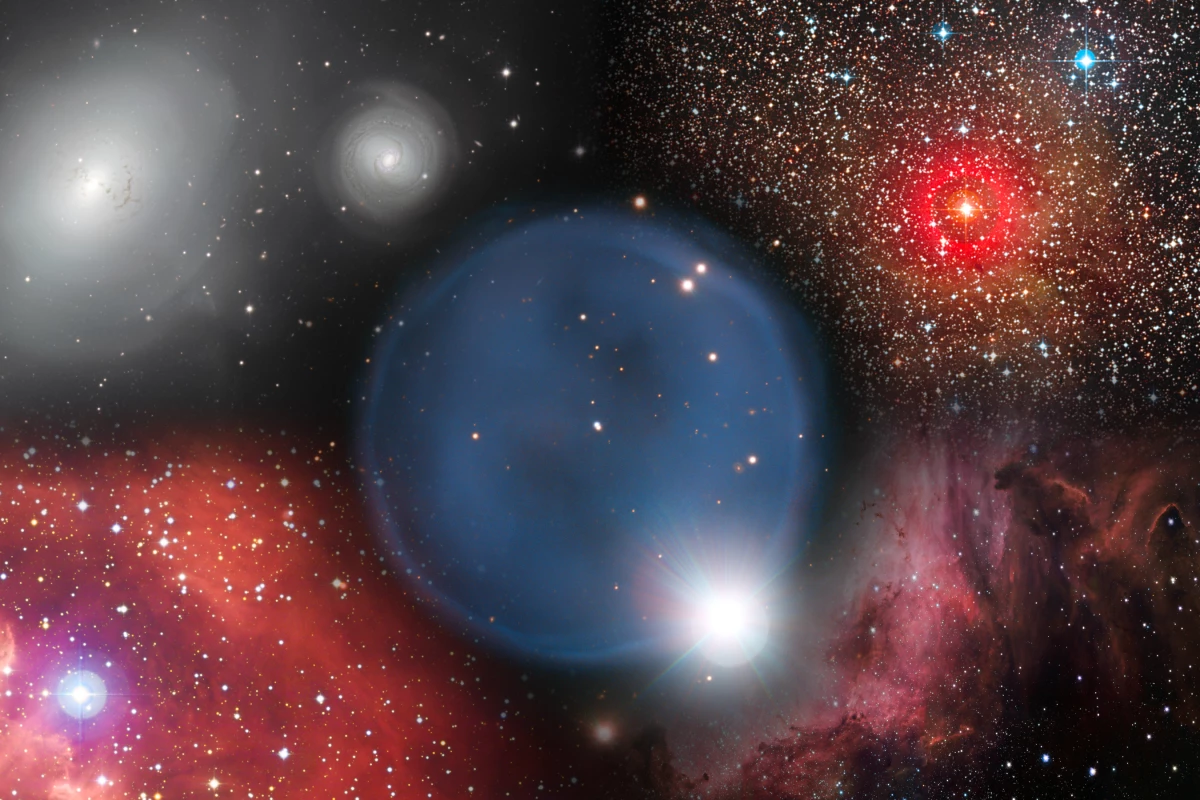Though we’re only a third of the way through the year, the European Southern Observatory (ESO) has already produced some spectacular new images of what’s out there in the Universe. From a rare yellow hypergiant star to a celestial trick of the light, we take a look at five of the most impressive ESO snaps of the year so far.
A celestial diamond ring
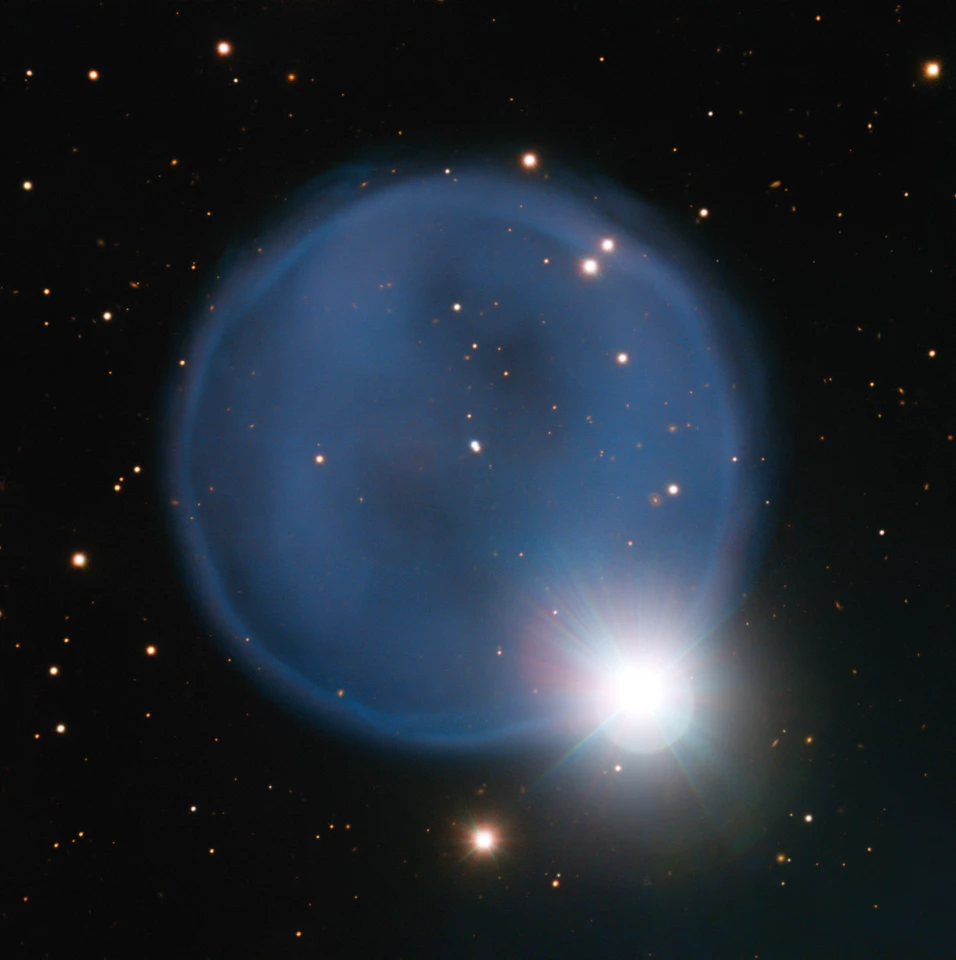
Taken by the Very Large Telescope (VLT) in Chile, this image is one of the more spectacular released by the ESO so far this year. The "diamond ring" appearance is the result of a chance alignment of an aging star blowing off its outer rings (known as a planetary nebula), and a separate star in the foreground.
The nebula, formed from a star known as Abell 33, is located some 2,500 light-years away and is remarkably symmetrical for an object of its type. The aligned star, which lies between the VLT and the nebula, is known by the catchy name of HD 83535.
A rare yellow hypergiant
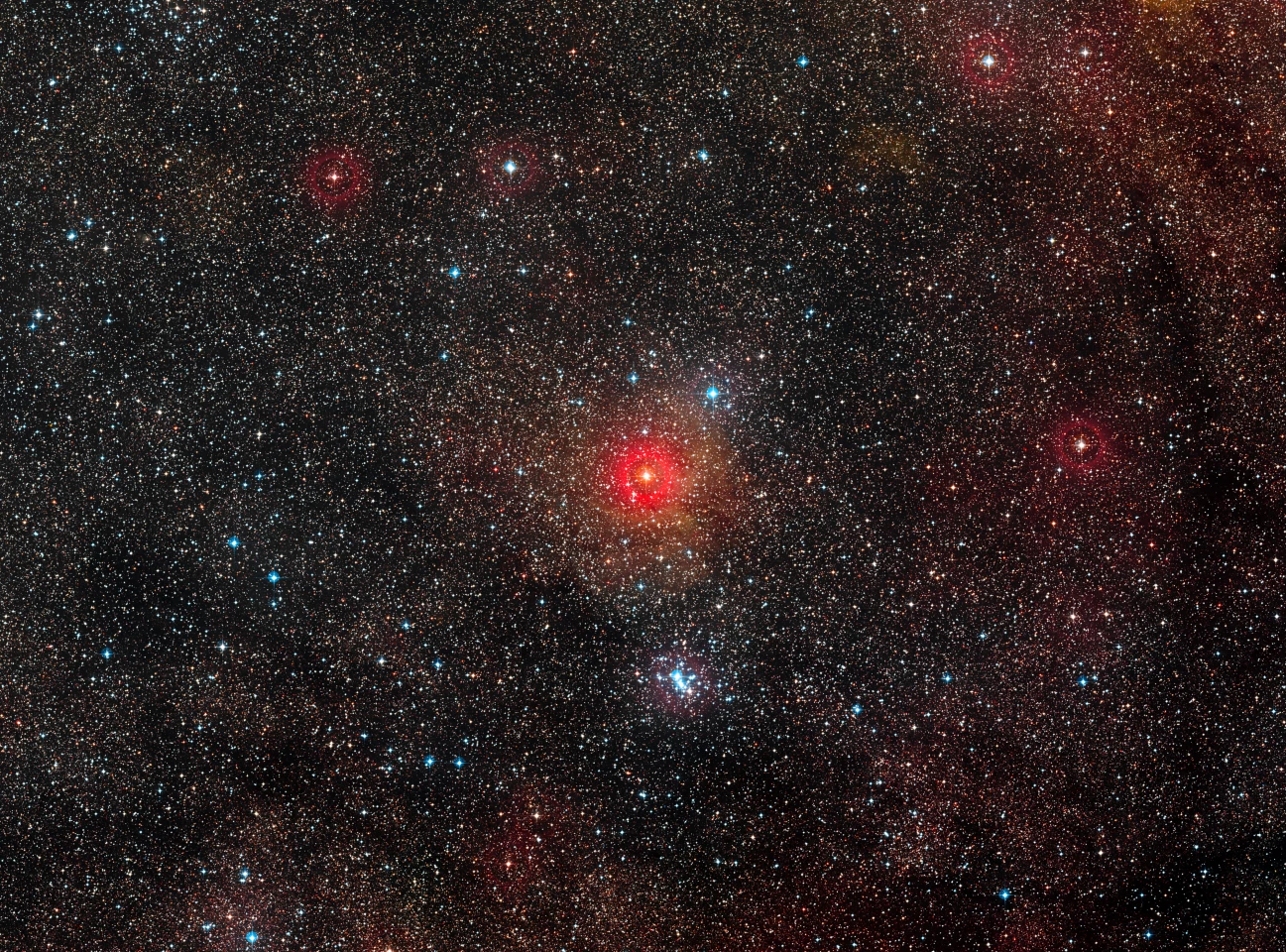
In March, the ESO’s VLT Interferometer discovered the largest known yellow star. Coming in some 50 percent larger than the well-known red supergiant Betelgeuse, the star is more than 1,300 times the diameter of the Sun, and more than one million times brighter. Not only is the star truly gigantic, but it is also extremely rare, with only a dozen found in our galaxy.
The star, known as HR 5171 A, is located almost 12,000 light-years away, and is actually part of a double star system (known as binary stars), with the second star so close to the yellow giant that the two objects are actually touching.
The object has been under observation for decades, and is thought to be changing at a rapid pace, greatly expanding in size as it cools.
A galactic serial killer
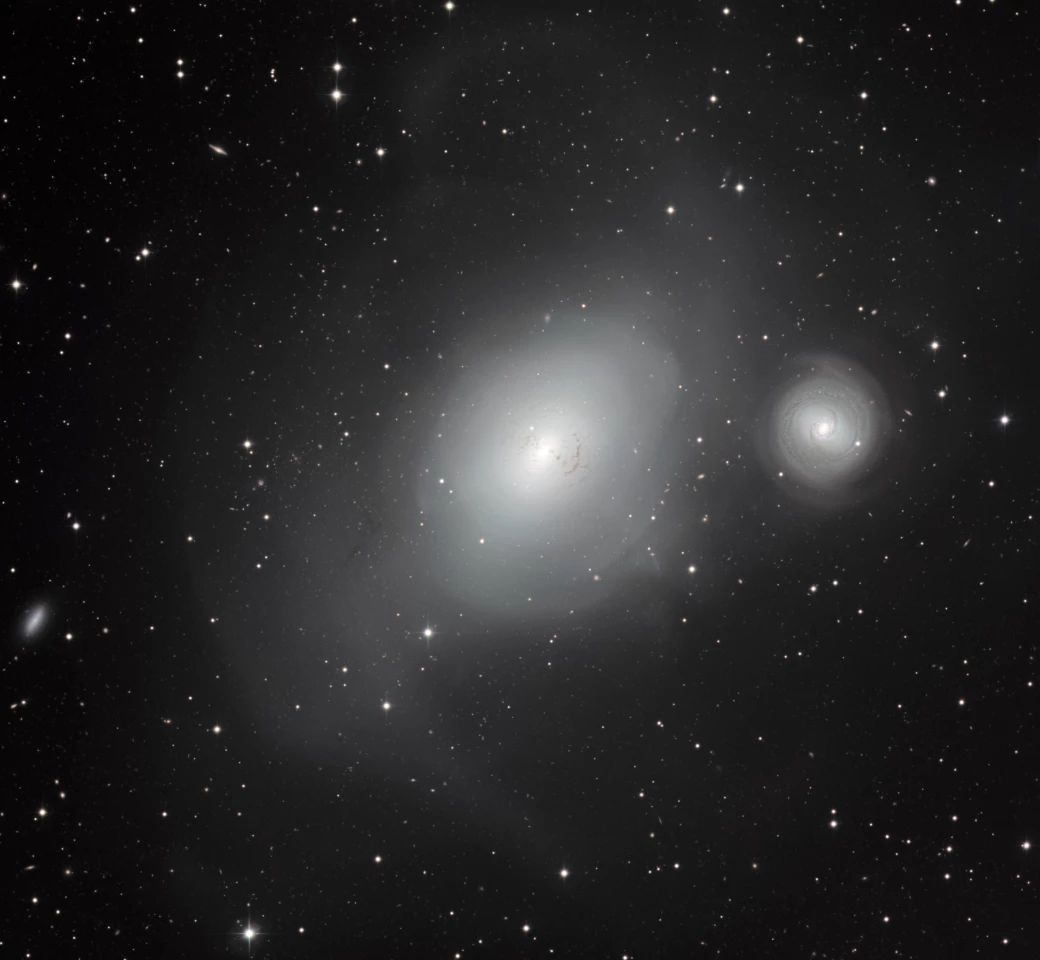
This image, taken by the MPG/ESO 2.2-metre telescope at ESO’s La Silla Observatory in Chile, shows two galaxies – the smaller NGC 1316 seen on the right, and the much larger and more interesting NGC 1317 on the left.
During its lifespan the larger object has consumed a number of galaxies, including a dust-rich spiral galaxy some three billion years ago. The unusual dust lanes, globular star clusters and faint tidal tails in the structure of NGC 1317 are telltale signs of its turbulent past.
At the center of the galaxy lies a supermassive black hole, providing fuel for the engulfing of neighboring galaxies, and making it the brightest source of radio emissions in the constellation of Furnax, and the fourth brightest in the entire sky.
A red hot nebula
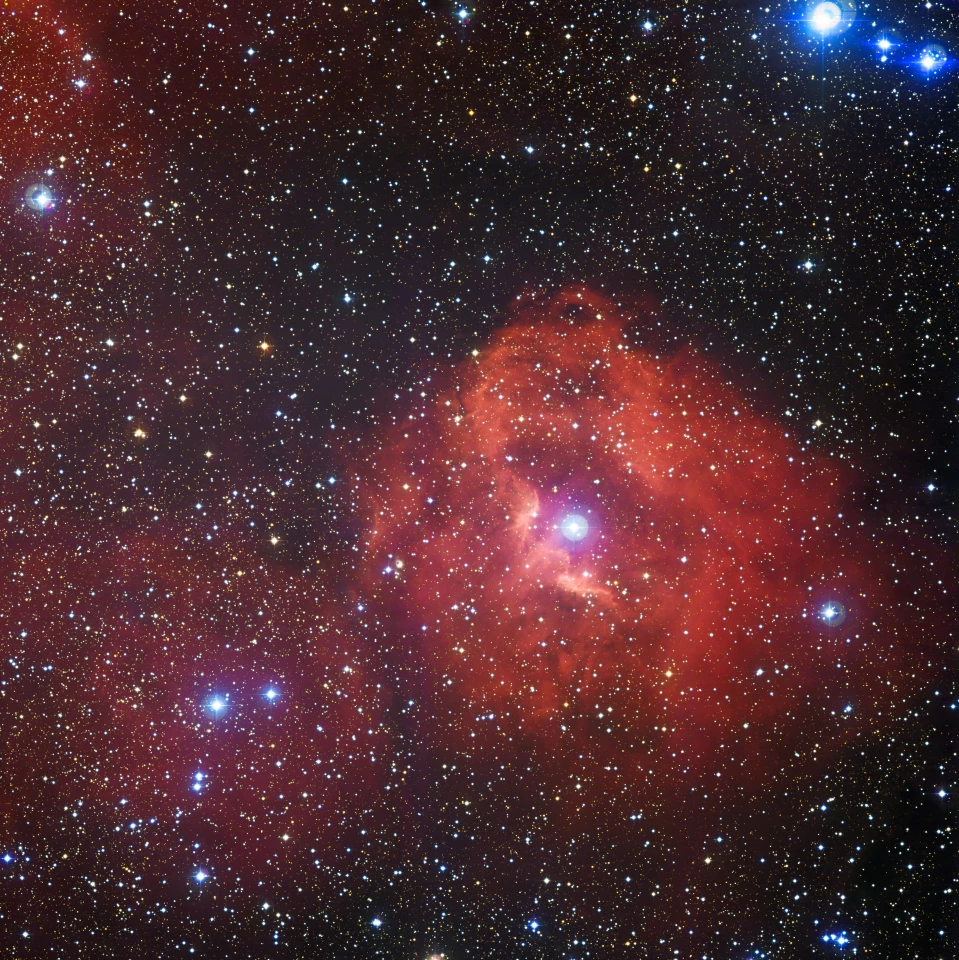
Located some 7,300 light-years away in the constellation of Centaurus, the Gum 41 nebula shines with a radioactive red hue. The picture here is a product of the ESO’s La Silla Observatory, and shows a region rich in star formation. Like many such regions in the constellation of Centaurus, the nebula is filled with young stars that ignite the hydrogen surrounding them, creating the characteristic colored glow.
Despite the object appearing bright and thick from a distance, it is actually barely perceptible to the human eye. To capture it in such vivid detail, the team at the La Sillla Observatory took advantage of the Wide Field Imager (WFI) on the MPG/ESO 2.2-meter telescope, using a combination of blue, green and red filters in addition to a filter designed specifically to pick up the red glow of the hydrogen.
A new look at the Lagoon Nebula
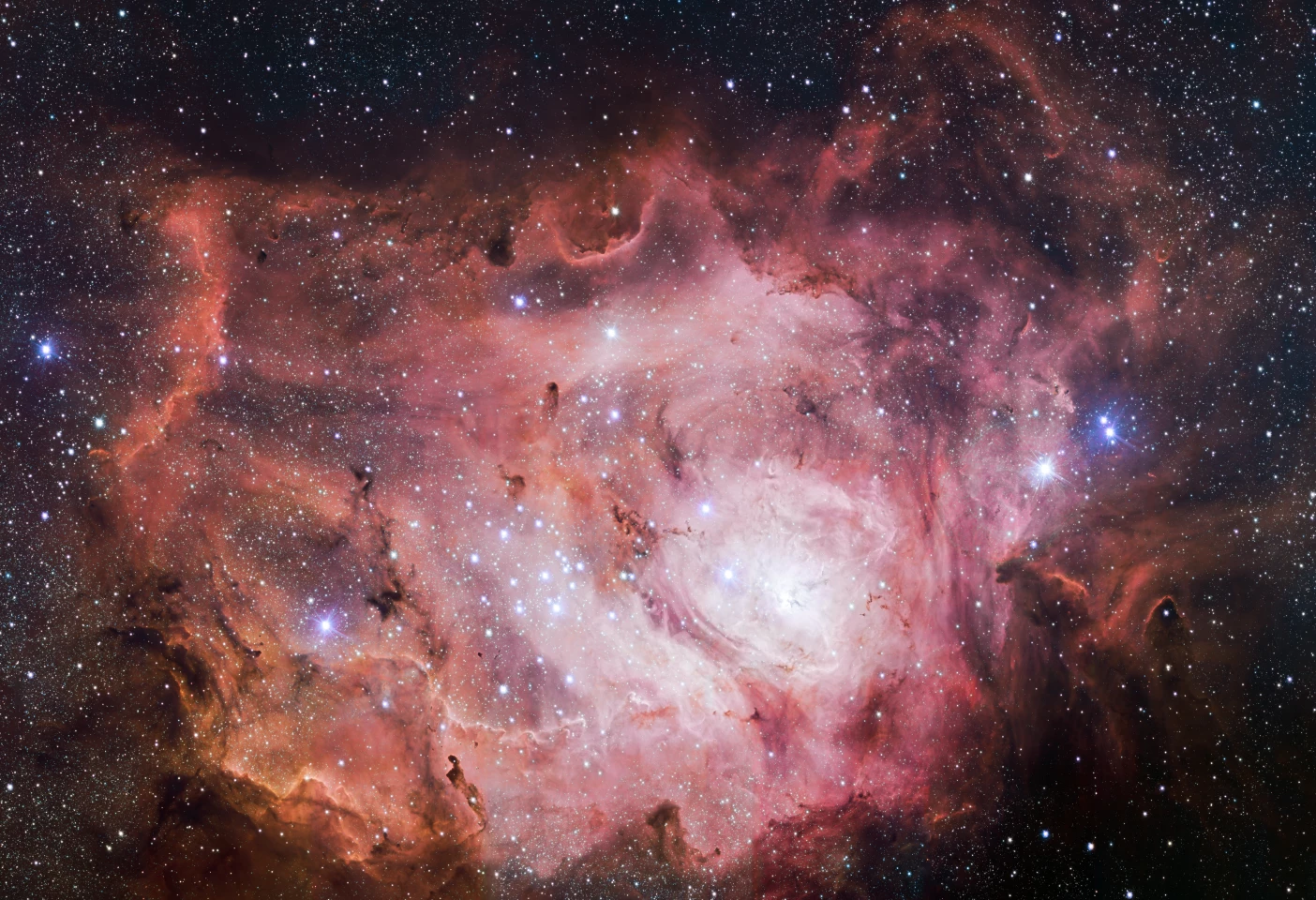
The VLT Survey Telescope (VST) at the ESO’s Paranal Observatory in Chile has captured this new, highly detailed visible light image of the distant Lagoon Nebula.
The nebula, which is also known as Messier 8, is located some 5,000 light-years away in the constellation of Sagittarius. The cloud itself is a full 100 light-years across, and is made up of gigantic star-forming clouds of dust and gas.
The new image measures 16,000 pixels across and is part of the VST Photometric Hα Survey of the Southern Galactic Plane and Bulge (VPHAS+), which aims to address key astronomical issues such as the nature of dark energy and the structure of the Milky Way.
A fully zoomable version of the image is available on the ESO website.
Source: ESO
